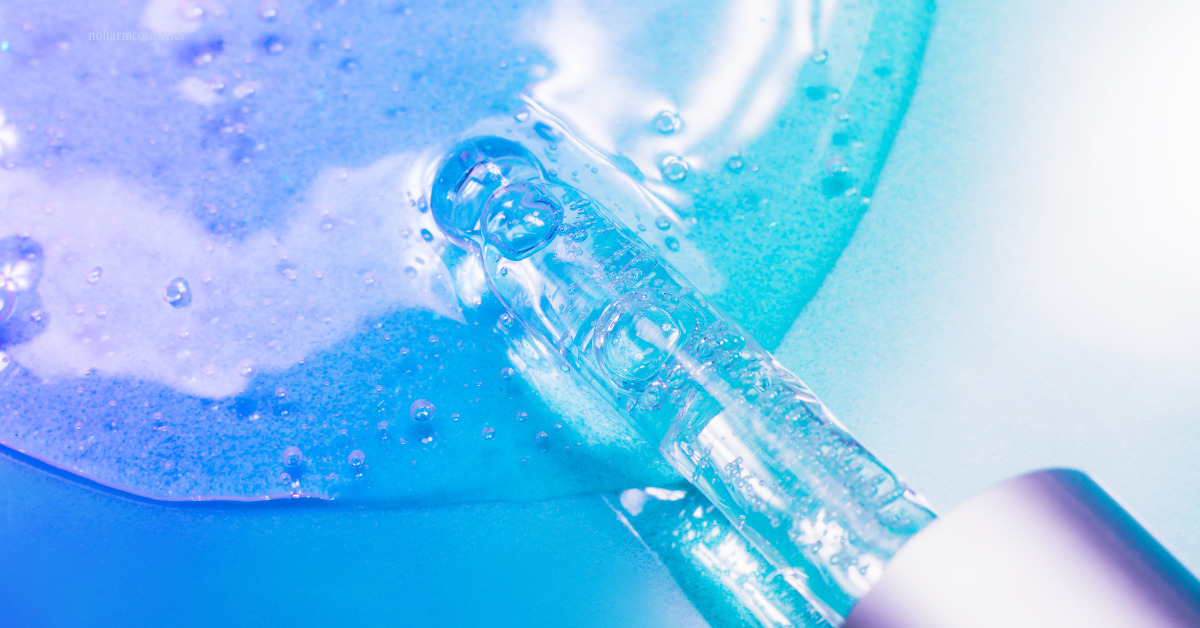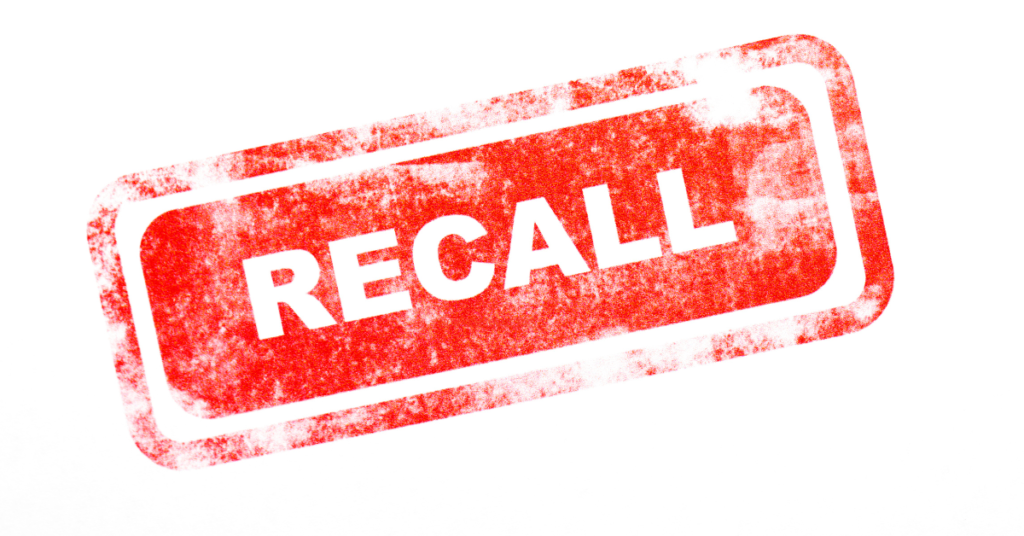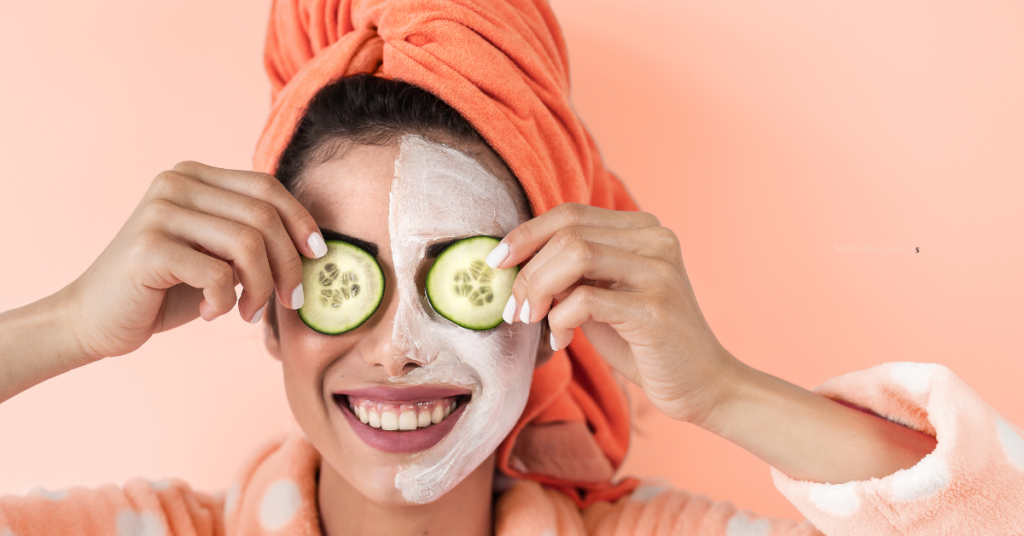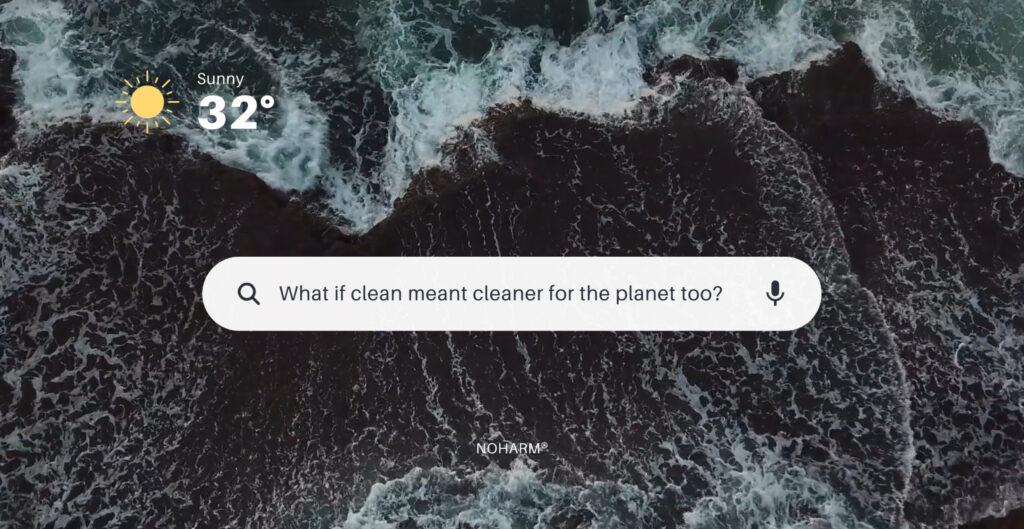Safety Concerns Prompt Tighter Regulations on Asia’s Beloved Brightening Agent
The European Union has set a strict limit of 1% for kojic acid in leave-on skincare products like serums and creams, due to animal studies suggesting that high doses may lead to hormone disruption and liver toxicity. Starting February 2025 for new products (and November 2025 for existing ones), kojic acid will only be allowed in face and hand products across the EU. While later reviews found it safe at this level, concerns about endocrine disruption and allergic skin reactions led to the restriction.
Other countries have followed suit. The UK and Australia typically allow up to 1%, while South Korea permits 2%. In contrast, the U.S. has no strict limit, though most products use 0.1–2%, guided by industry best practices rather than regulation.
These changes reflect a growing global concern over ingredients that may interfere with hormones or cause skin sensitization, especially in exfoliating products that increase absorption.
The Shifting Landscape of Kojic Acid in Skincare: China Takes the Lead
China, where kojic acid is still widely used, introduced similar rules. China’s NMPA allows up to 1% in leave-on products and 2% in rinse-off formulas. While the European Union recently formalized its 1% kojic acid limit for skincare products in March 2024, China had already implemented comparable restrictions around 2021. This early move by China came over a decade after the EU’s Scientific Committee on Consumer Safety first identified potential risks at this concentration level in 2008. Manufacturers looking to enter the lucrative Chinese beauty market must navigate these established guidelines, highlighting China’s increasingly influential role in global cosmetic safety standards.
What Is Kojic Acid and Why Is It So Popular?
Kojic acid is a natural compound derived from fungi during the fermentation process of foods like rice (used in sake production). First discovered in Japan in 1907, this ingredient has gained popularity throughout Asia for its skin-brightening properties. It works by inhibiting tyrosinase, the enzyme responsible for melanin production, effectively reducing hyperpigmentation, dark spots, melasma, and uneven skin tone. Its effectiveness against these common skin concerns, combined with its natural origins and antioxidant properties, has made kojic acid a staple in Asian skincare routines for decades before gaining global recognition as an alternative to hydroquinone and vitamin C for those seeking a more radiant complexion.
Kojic acid has been a trusted ingredient in Asian skincare for decades, especially for fading dark spots and evening out skin tone. It’s been used safely by millions, primarily in low concentrations and topical products. But behind its rise in global skincare lies a backstory—one that clean and cruelty-free beauty advocates can’t ignore.
The Animals Involved: Rabbits, Guinea Pigs, Rats, and Mice in Safety Studies
To evaluate its safety for EU consumers, animal studies were likely assessed—lab studies where kojic acid was force-fed to rats and mice in extremely high doses far beyond anything a person would apply topically to their skin. Some of these animals suffered hormone imbalances, organ changes, and in some cases, were euthanized for examination. It seems these tests conducted in Japan and the U.S. were the basis for the European Union’s decision to restrict kojic acid to a maximum of 1% in face and hand products. Importantly, none of these risks were linked to how humans actually use kojic acid—on the skin, not by ingesting it.
Europe Takes Action: Using U.S. Research to Set Stricter Limits
The European Union and the UK have used animal research, much of it from U.S. and Japanese sources, to establish more cautious restrictions, limiting kojic acid to 1% in leave-on products to prioritize consumer safety. The difference in regulatory approach highlights a painful truth: while the U.S. allowed these animal tests to be conducted, it has yet to act on the evidence in a meaningful way to protect both animals and consumers.
A Call for Better, More Ethical Standards in Beauty
This stark contrast between regions serves as a reminder that, while animal testing is still prevalent in places like the U.S., we can make a difference by supporting cruelty-free brands and demanding better practices from regulators. Fortunately, each of us has the power to choose products that align with our values and contribute to a safer, more ethical beauty industry, though it often requires a bit of leg work in order to ascertain what products are actually cruelty-free!
Is It Hypocritical? Or Is the Real Question Why the U.S. Hasn’t Followed Suit?
Some might see a contradiction in the European Union using animal test data from the U.S. and Japan while enforcing strict bans on animal testing within its own borders. But perhaps the more pressing question is if the EU can uphold rigorous safety standards without relying on new animal testing, why hasn’t the U.S. adopted similar cruelty-free guidelines? Europe’s regulatory model shows that it is possible to prioritize both consumer safety and animal welfare. The continued reliance on animal testing in the U.S.—despite evidence being available and safer, non-animal alternatives emerging—points to a deeper inconsistency in global beauty standards. Shouldn’t all countries move toward phasing out animal testing, especially when others have proven it’s possible?




